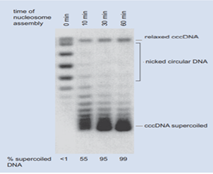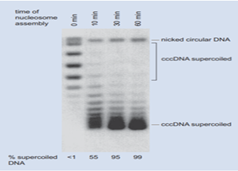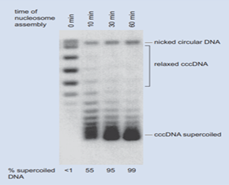#Question id: 483
#Unit 1. Molecules and their Interaction Relevant to Biology
Glycogen is converted to monosaccharide units by:
#Question id: 484
#Unit 1. Molecules and their Interaction Relevant to Biology
Galactosemia is a genetic error of metabolism associated with:
#Question id: 485
#Unit 1. Molecules and their Interaction Relevant to Biology
Which of the following statements is incorrect?
#Question id: 486
#Unit 1. Molecules and their Interaction Relevant to Biology
The ultimate electron acceptor in the fermentation of glucose to ethanol is:
#Question id: 486
#Unit 1. Molecules and their Interaction Relevant to Biology
The ultimate electron acceptor in the fermentation of glucose to ethanol is:
#Question id: 487
#Unit 1. Molecules and their Interaction Relevant to Biology
In the alcoholic fermentation of glucose by yeast, thiamine pyrophosphate is a coenzyme required by:




